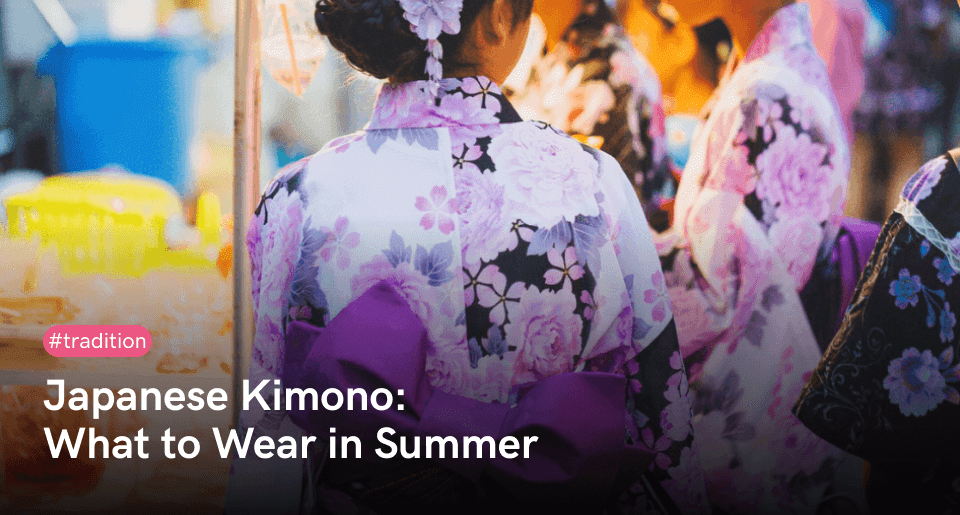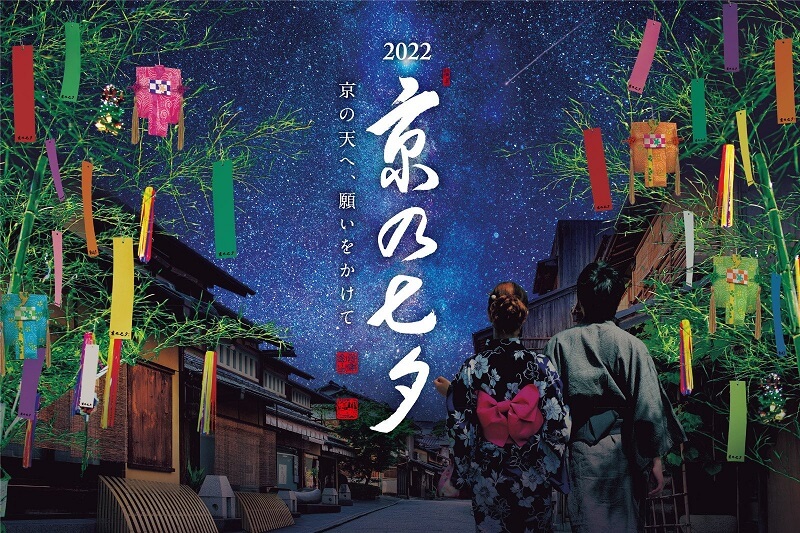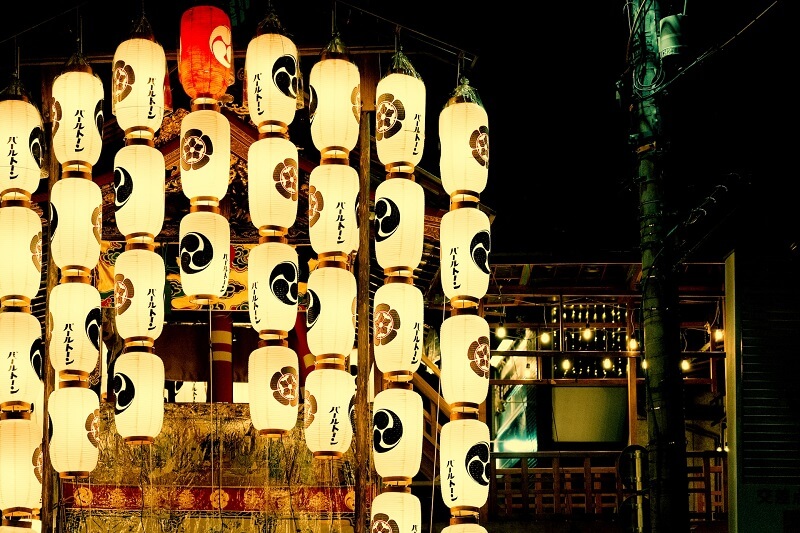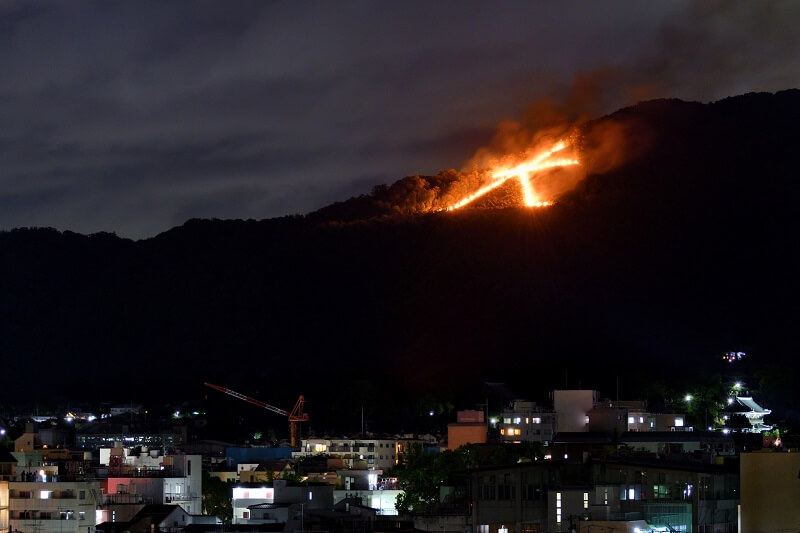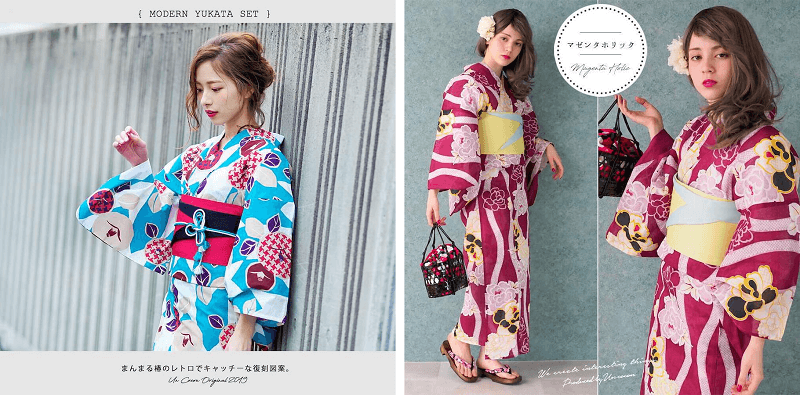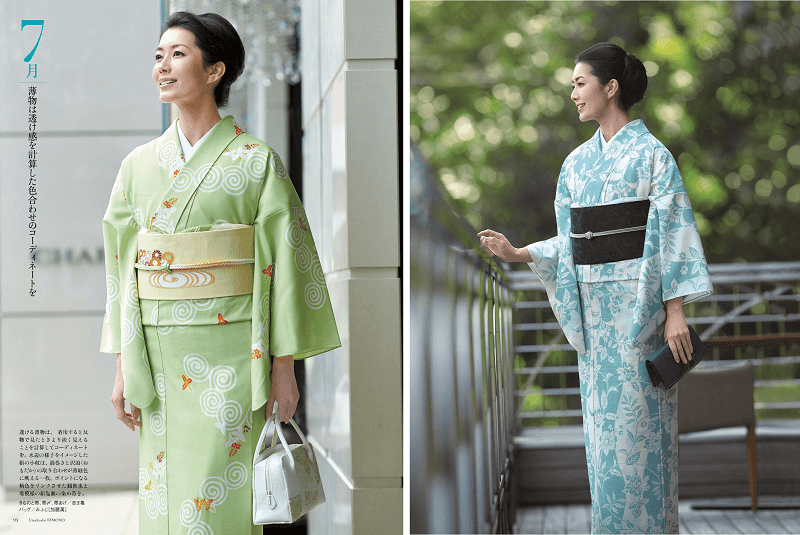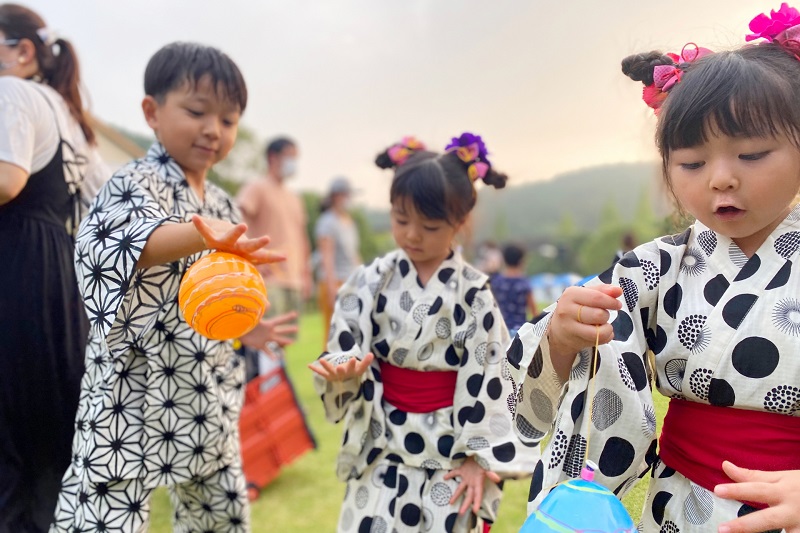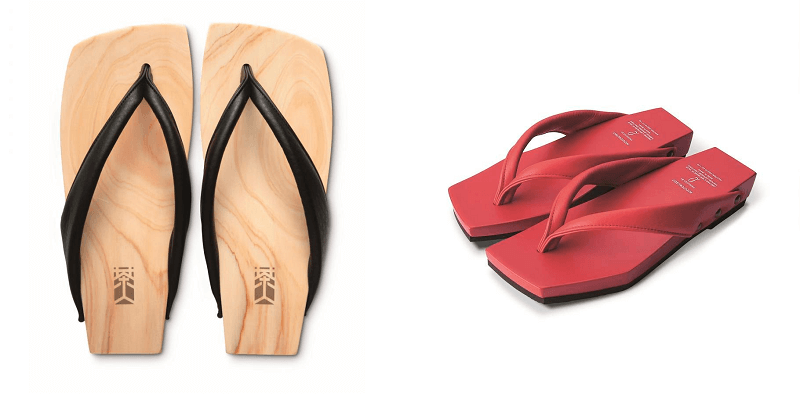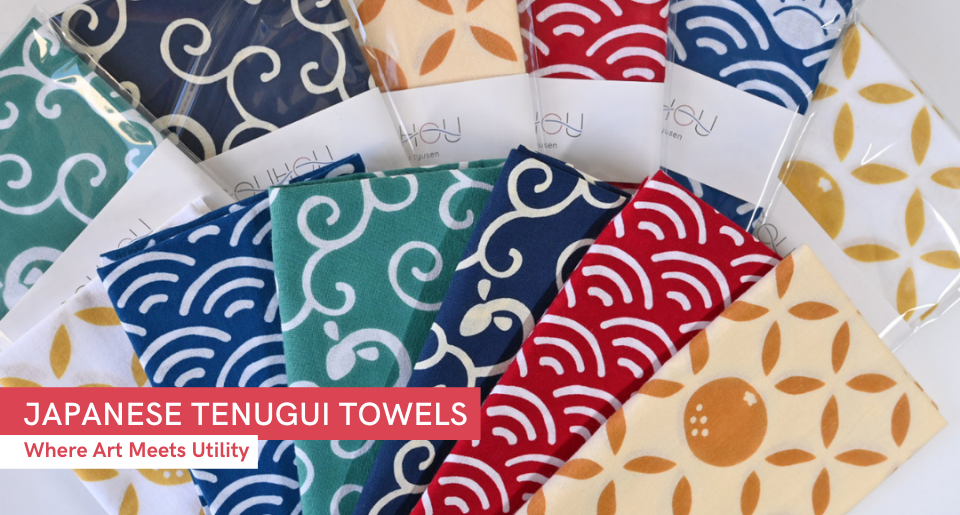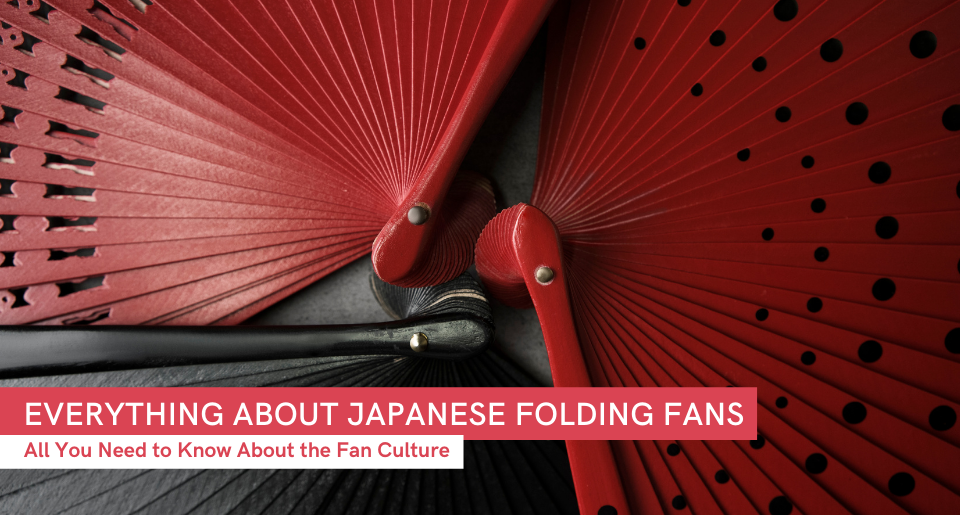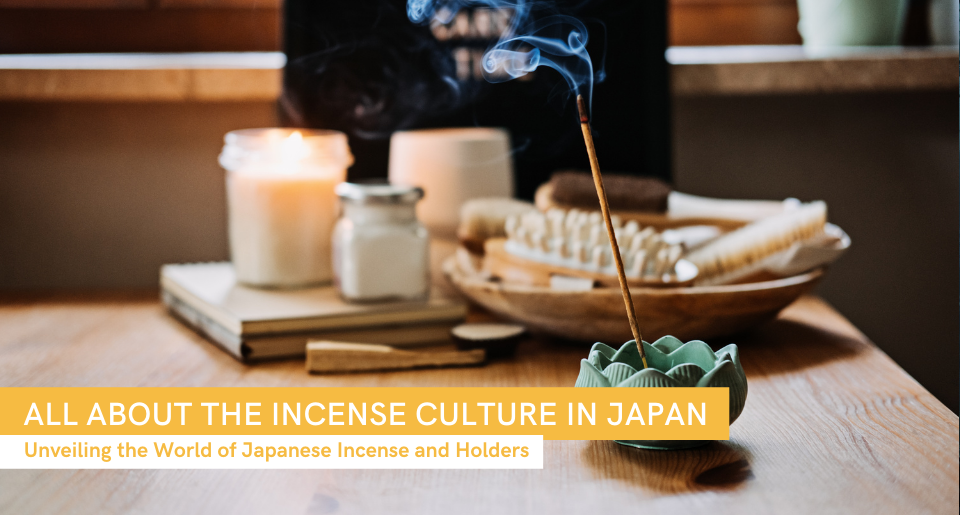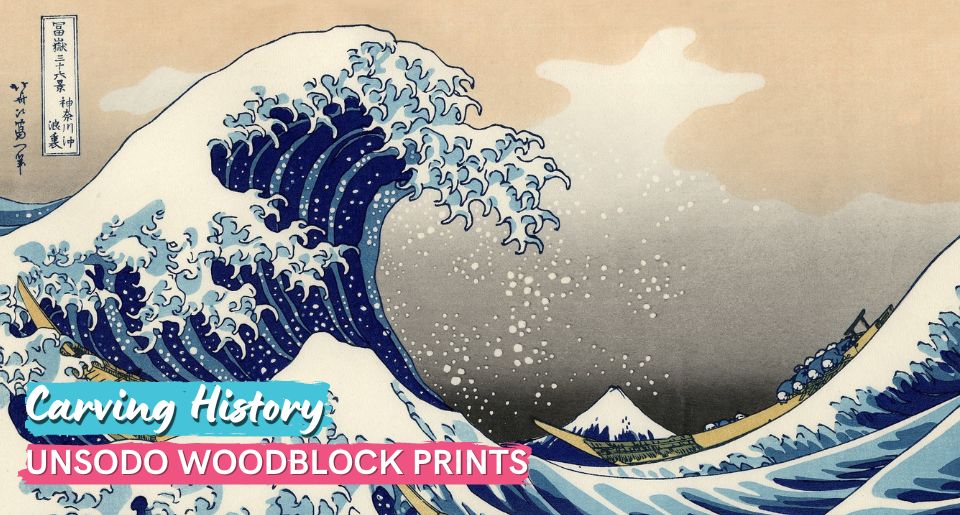As the sun blazes overhead and the sound of cicadas serenades the humid breezes, Japanese summer festivals are just as brilliant as the season, filled with dazzling sights and sounds.
Indeed, from June until September the country is filled with incredible cultural traditions whose roots span centuries and regions.
But what are these traditions exactly? How can you participate in such festivals when you’re in Japan? Should you dress in traditional clothing like kimono or yukata for them? Let’s find out!
Contents
Japanese summer festivals
Most festivals in Japan are centered around a single event, but even major festivals can vary across the country depending on the local shrine or temple if they’re being sponsored. Themes range from celebrations that originated in China to music festivals or seasons and harvests.
Most festivals in Japan are accompanied with colorful stalls offering a range of yummy goodies, and these foods are quite famous, even overseas. Yakisoba, takoyaki, and other Japanese fast food staples can be sampled as you stroll along, taking in the wonders around you. There are also small attractions, carnival games, and souvenirs to buy. There’s something for everyone!
Tanabata (Star Festival)
Source: PR Times
In the summer, starting in the beginning of July, we greet the beginning of those blazing sunshiny months with a festival called Tanabata. Also known as the Star Festival, the holiday came to Japan via China and typically takes place on the 7th day of the 7th month, though there are other dates it can be observed. It follows the tale of the stars Altair and Vega (known as Hikoboshi and Orihime in Japan). The two lovers, separated by the Milky Way, are unable to meet except during this day.
For tanabata, people often write their wishes on small pieces of paper called tanzaku. These pieces of paper are then hung on bamboo, and later when the festival ends, both bamboo and decorations are burned.
Gion Matsuri
The word matsuri means “festival”, and one of the most famous summer matsuri is Gion Matsuri in Kyoto. Also taking place in July, this festival with Shinto origins is particularly famous for its floats, where elaborate processions hit the streets and delight onlookers. The patron shrine is Yasaka Jinja, a major shrine in central Kyoto city in- you guessed it- Gion District. The festival’s origins tell the tale of a purification ritual in response to an epidemic, where a terrible plague was being attributed to wrathful spirits. Over time as it evolved from pure ritual into festival, the floats themselves became more ornate, sponsored by prominent merchants eager to flex their wealth with luxurious silk and other items obtained from the Silk Road. Thus, stacked with history, these floats are kept in special places throughout Kyoto, waiting for the matsuri to come again.
These massive floats symbolize both the spears used in the original ritual as well as spiritual figures of Shinto deities, Bodhisattvas, and other significant cultural figures. They are divided into two groups: Hoko (“halberd”) and Yama (“mountain”).
As the festival lasts throughout the month of July, you can observe a variety of events during different days, seeing a wide range of floats and even check out different stalls and deals offered by local businesses. It’s a great but busy time to visit the ancient capital of Japan!
Obon
In mid August, the Obon festival arrives, a time to honor one’s ancestors and pay respects. People return to see their families and take care of ancestral gravesites while the spirits visit household altars temporarily to see their relatives. It’s a major holiday not only for festivals but also alongside New Year and Golden Week, a popular time to travel.
Obon can be associated with fire, ranging from the welcoming flames of mukaebi in front of individual homes to the large communal bonfires that bid the spirits farewell as they return to the netherworld. In Kyoto, the famous Daimonji festival sees five mountains lit up with massive bonfires. Some places in Japan have lanterns (toro nagashi) set on rivers to guide the spirits back.
Yukata or summer kimono?
At all of these festivals, there’s one thing that’s certain: you can dress up for them!
Festivals are a great opportunity to wear gorgeous traditional Japanese clothing, but what should you wear: summer kimono or yukata?
Yukata
Most of the time when you search “summer kimono," you will get results about yukata popping up.
In English, these two terms are often used interchangeably, though they’re actually not quite the same thing!
While the yukatas you wear to festivals are technically a type of summer kimono, yukata were originally a casual thing to wear to bathe at places like onsen, or for guests at an inn to wear while on the premises.
Today, there are also the kind of yukata you wear casually to festivals or even stroll around in.
Summer kimono
Source: Hearst
But, there are also kimonos woven in a special way just to accommodate the intense Japanese heat. We often call such kimonos natsumono. If you have ever rented a yukata or kimono in the summer in Japan and your garment was see-through and thin, it was probably a natsumono and not a yukata.
There are different ways of weaving summer kimono, and they’re all extremely thin and translucent, usually made from fabrics such as very fine, thin silk (called “usumono”), silk-like polyester, or linen. Yukata, on the other hand, are made from cotton or a polyester that resembles cotton.
Accessories such as obiage and obijime are also different from other seasons, not as thick and much more light weight. Obi belts are also lighter, usually either woven like summer kimono and are see-through. They can be made from the same material as summer kimono.
The patterns differ between the two as well.
Summer kimono patterns are usually bright, softer colors but are also cool or refreshing to look at. Water lilies, morning glories, bellflowers -- summer kimono patterns evoke a cooling yet colorful feeling.
Yukata, on the other hand, come in a variety of colors and patterns, some are much bolder than others and don’t necessarily have to evoke a cooling feeling.
Choosing what to wear
So, which should you wear when you come to Japan next summer?
To be honest, it depends mainly on TPO and your own personal comfort! Summer kimonos can be both casual and formal, you can wear summer houmongi type kimono to a formal tea ceremony, for example. However, in most cases, I don’t recommend yukata for tea ceremony!
If you’re very sensitive to heat and humidity, I will definitely recommend yukata then too. Yukata doesn’t require any special garment underneathunderneat, but with summer kimono, you are still wearing nagajuban over undergarments and under the kimono. Even if the nagajuban is lightweight, it can be too much for some people, especially given how hot Japan can be. So please be mindful of your body!
Other Japanese fashion for summer
"Lorem ipsum dolor sit amet, consectetur adipiscing elit, sed do eiusmod tempor incididunt ut labore et dolore magna aliqua. Ut enim ad minim veniam, quis nostrud exercitatio
Jinbei
Besides yukata and natsumono, you can often see jinbei worn to summer festivals in place of a yukata. It’s a two- piece traditional garment, though the sleeves are tube- shaped for the upper piece.
Unlike yukata and natsumono, jinbei are extremely easy to put on, so they make for a quick and easy substitute that can be just as colorful and festive!
For kids especially, this can be a great garment to wear to events.
Geta
For footwear, wooden geta sandals are best with both yukata and jinbei. You don’t need to wear tabi socks with them, so they’re quite comfortable. Kimono is often paired with zori, and there is a special kind of zori for summer kimono that are made with the same type of fabric/weaving used for natsumono. Geta can also be worn with summer kimono, but if you decide to do that, it’s best to wear tabi socks and not bare feet.
Hair accessories
Hair accessories are also popular to wear to festivals. Usually made of fabric flowers called tsumami zaiku, these cute hair clips are the perfect accents for your festival experience!
Stand out in Japanese summer
With so many festivals to choose from and things to see, don’t let the heat stop you from experiencing the best of what Japan has to offer in the summer.
Perhaps you want to buy a yukata set or get dressed by a professional kimono stylist before setting out on your matsuri adventure.
Whether you want to dress up in traditional Japanese clothing or wear your usual casual get up, summers in Japan definitely shouldn’t be missed!
Other articles you'll enjoy
For more coverage of traditional Japanese culture, check out the articles below:
- Roots Revisted: Keeping the Spirit of Japanese Kimono Alive
- 9 Best Matcha Snacks to Buy From Japan
- Quick Japanese Tea Guide and 4 Top Stores
Thanks for reading!
....................................................

